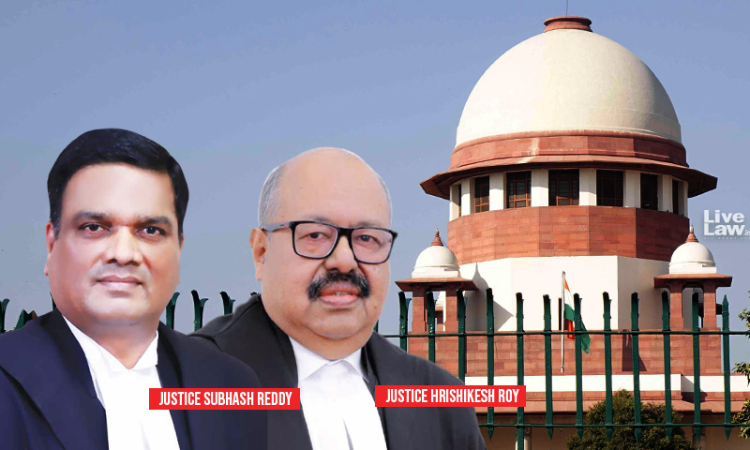Builder Can't Be Asked To Raze Down Validly Constructed Structures Due To Later Changes In Environmental Clearance Law : Supreme Court
Sohini Chowdhury
4 Dec 2021 4:55 PM IST

"A Project Proponent is not expected to anticipate the changes in EC regimes, especially as a result of judicial interventions, and keep revisiting the sanctioned clearances by the competent authority or even raze down validly constructed structures"
Next Story


